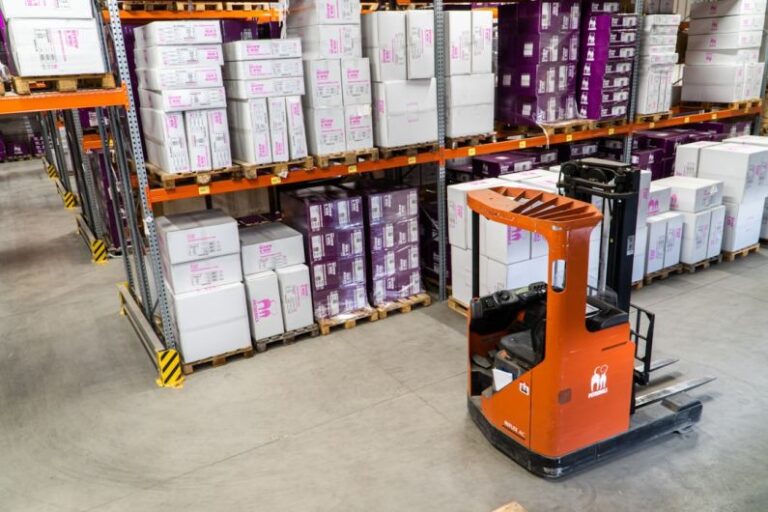How to Cut Costs Without Cutting Corners in Logistics
In the fast-paced world of logistics, cost-cutting measures are often a top priority for companies looking to improve their bottom line. However, cutting costs should not mean sacrificing quality or efficiency. Finding ways to reduce expenses while maintaining operational excellence is key to long-term success in the logistics industry. In this article, we will explore strategies on how to cut costs without cutting corners in logistics.
**Optimize Your Transportation Routes**
One of the most effective ways to cut costs in logistics is by optimizing your transportation routes. By strategically planning your routes, you can minimize fuel consumption, reduce mileage, and improve delivery times. Utilizing route planning software can help you identify the most efficient routes, taking into account factors such as traffic patterns, road conditions, and delivery schedules. By optimizing your transportation routes, you can significantly reduce fuel costs and improve overall operational efficiency.
**Implement Inventory Management Systems**
Effective inventory management is crucial for reducing costs in logistics. Implementing inventory management systems can help you streamline your operations, reduce excess inventory, and minimize stockouts. By accurately tracking your inventory levels and forecasting demand, you can avoid overstocking, which can tie up valuable capital and lead to increased storage costs. Additionally, inventory management systems can help you identify slow-moving items and make data-driven decisions to optimize your inventory levels.
**Utilize Technology to Improve Efficiency**
Technology plays a crucial role in cutting costs and improving efficiency in logistics. Implementing advanced technologies such as warehouse management systems, transportation management systems, and tracking devices can help you automate processes, reduce human error, and optimize resource utilization. By leveraging technology, you can improve order accuracy, reduce order processing times, and enhance overall operational efficiency. Investing in technology may require an upfront cost, but the long-term benefits in terms of cost savings and improved productivity are well worth it.
**Negotiate Better Rates with Suppliers and Carriers**
Effective negotiation with suppliers and carriers can lead to significant cost savings in logistics. By building strong relationships with your suppliers and carriers, you can negotiate better rates, volume discounts, and favorable payment terms. Additionally, exploring alternative suppliers and carriers can help you compare prices and find the most cost-effective options for your logistics needs. Regularly reviewing and renegotiating contracts with suppliers and carriers can help you stay competitive in the market and reduce costs without compromising quality.
**Train and Empower Your Staff**
Investing in training and development for your staff can have a positive impact on cost reduction in logistics. Well-trained employees are more efficient, productive, and better equipped to handle challenges in the logistics process. By empowering your staff with the necessary skills and knowledge, you can improve operational efficiency, reduce errors, and minimize costly mistakes. Additionally, involving your staff in the decision-making process and encouraging them to share ideas for improvement can lead to innovative cost-saving solutions and a more engaged workforce.
**Conclusion: Sustainable Cost-Cutting Strategies**
In conclusion, cutting costs in logistics does not have to mean cutting corners. By implementing sustainable cost-cutting strategies such as optimizing transportation routes, implementing inventory management systems, utilizing technology, negotiating better rates, and investing in staff training, companies can achieve significant cost savings while maintaining operational excellence. It is essential for companies in the logistics industry to prioritize cost reduction efforts that are both effective and sustainable in the long run. By focusing on efficiency, innovation, and continuous improvement, companies can successfully navigate the challenges of cost-cutting in logistics and achieve long-term success in the competitive market.






